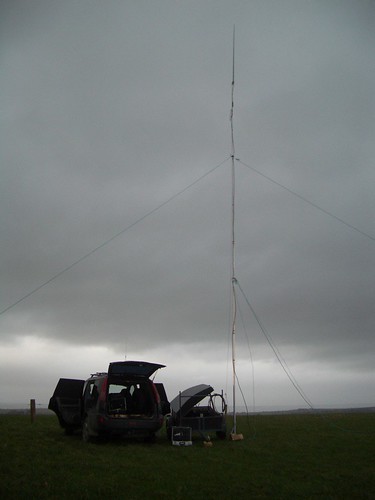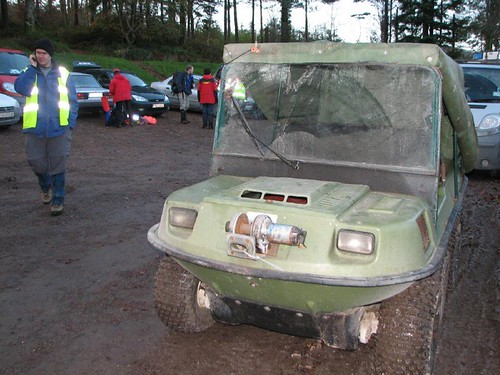Last Christmas (2006), I purchased for myself a Kent Twin Paddle Key. My intention was to re-learn ‘the code’ (I logged my last Morse Contact in 1995). It has been sitting for several months on my desk not even plugged into anything. Last weekend the IRTS had their 75th AGM and Dinner in the Vienna Woods Hotel in Cork. As I had never been to one, I decided to head down. The XYL (my lovely wife) was rescued at the last minute by another engagement.
I had the privilege to chat with (before dinner) Dave Sumner, K1ZZ (CEO of the ARRL and his wife Linda, KA1ZD, RSGB president Angus Annan, MM1CCR, IARU region 1 president, Ole Garpesdat, LA2RR and his Wife. It was great to meet such high profile people and hear first hand their thoughts for the future of the hobby, and to make them feel welcome in our small country.
After dinner (which was absolutely excellent) and after all the speeches, I got to introduce myself and speak to some of the ‘old timers’. Experimenters (Radio Hams) that have been licensed for longer than I’ve been breathing air. A couple of things struck me. Of the people I spoke to, all of them seem to have great passion for the hobby, all of them have the full support of their spouses (if still with us), all of them have a lot of knowledge and all ,while differing of opinion on lots of topics (Jameson vs Paddy etc), of them seemed to be great proponents of ‘the code’.
The passion with which they spoke was amazing, one retired gentleman lamented the fact that he could no longer maintain 40wpm receive speed, that 30-35 would be as good as he could do nowadays.
I decided that it was time to act, so this week I’ve started trying to re-learn morse code. Its a facet of the hobby that I never really immersed myself into. When I did my morse code exam it was so that I could gain access to the Shortwave Bands (160m – 10m), as that was the requirement at the time. Now there is no Morse requirement for access to these bands.
Progress has been slow, I have a program sending me morse code at 15wpm (or so it says). I have most of the letters back, but I’m still having difficulty with numbers, and seem to still mix up J & 1, V & 4 and some others. Its interesting, some letters I have no problem with at all, in fact I don’t even have to think about them, my hand just writes them out, others are ok in combination (CQ and my own callsign EI7IG, QC would require me to think), some more then require my full concentration.
30wpm is a long way off methinks!





